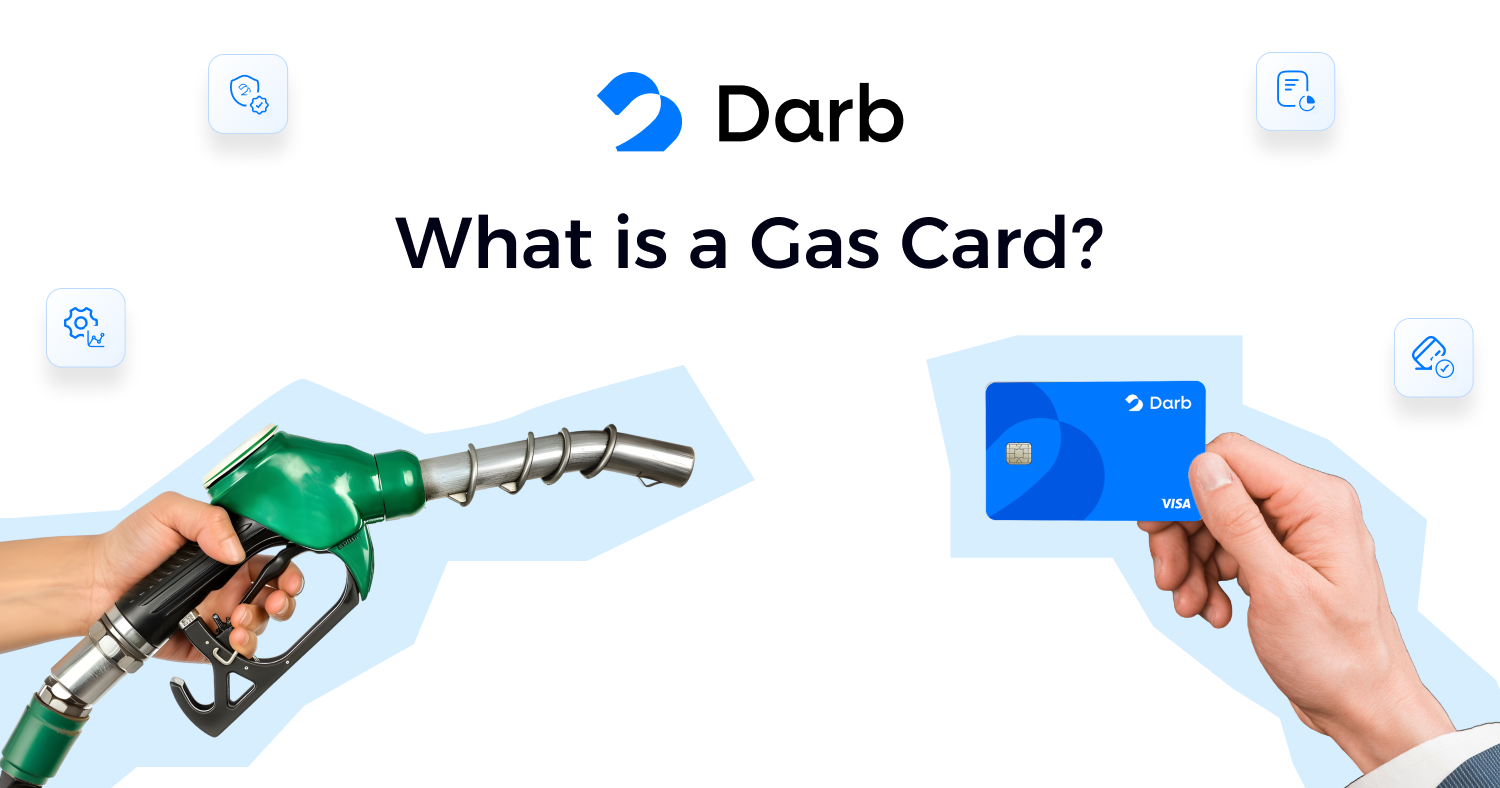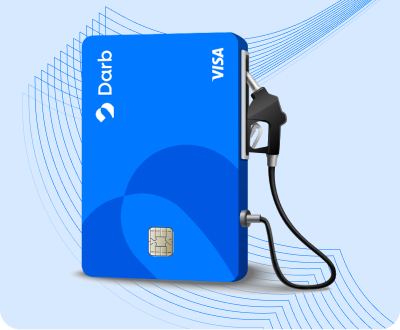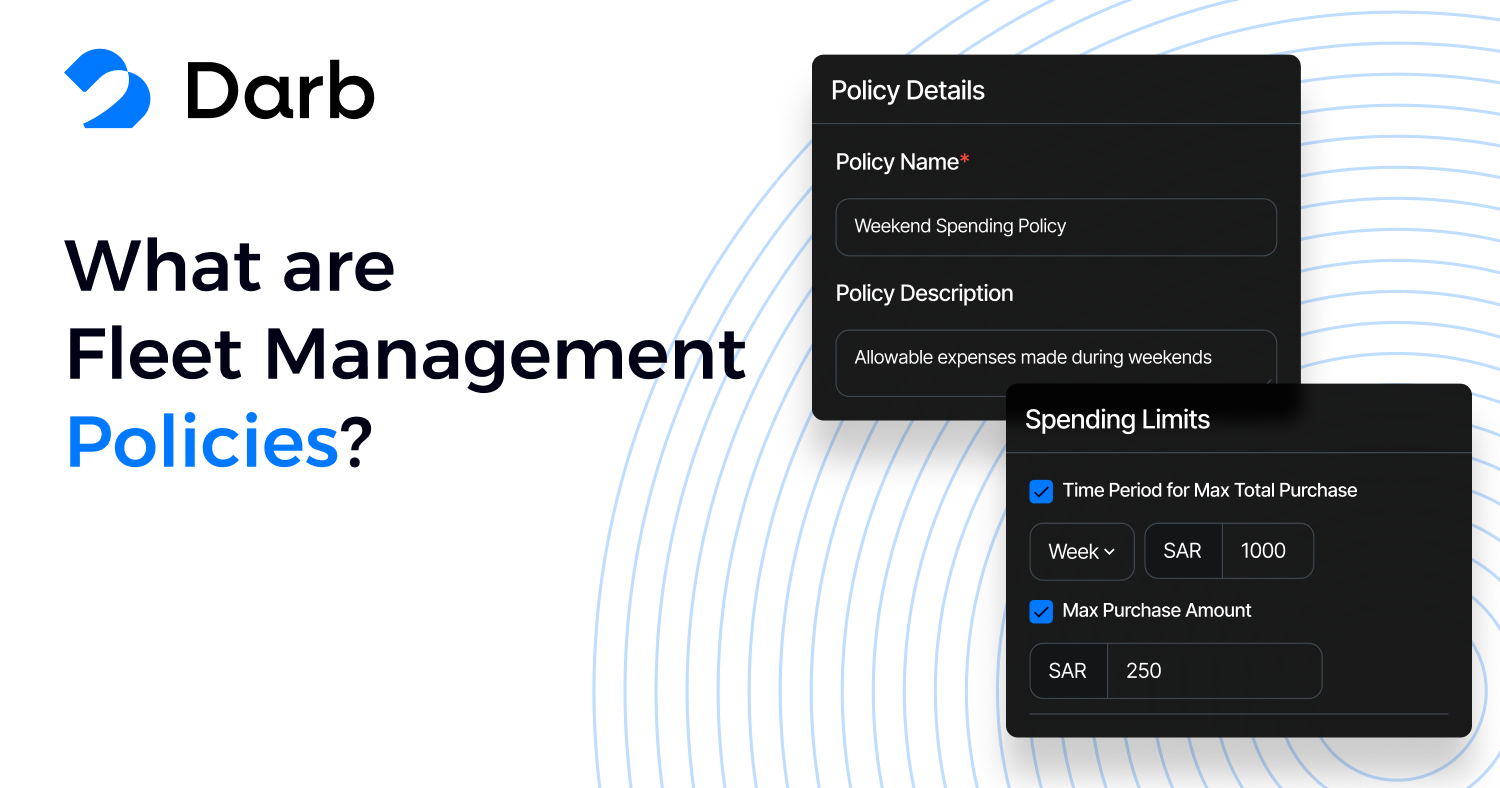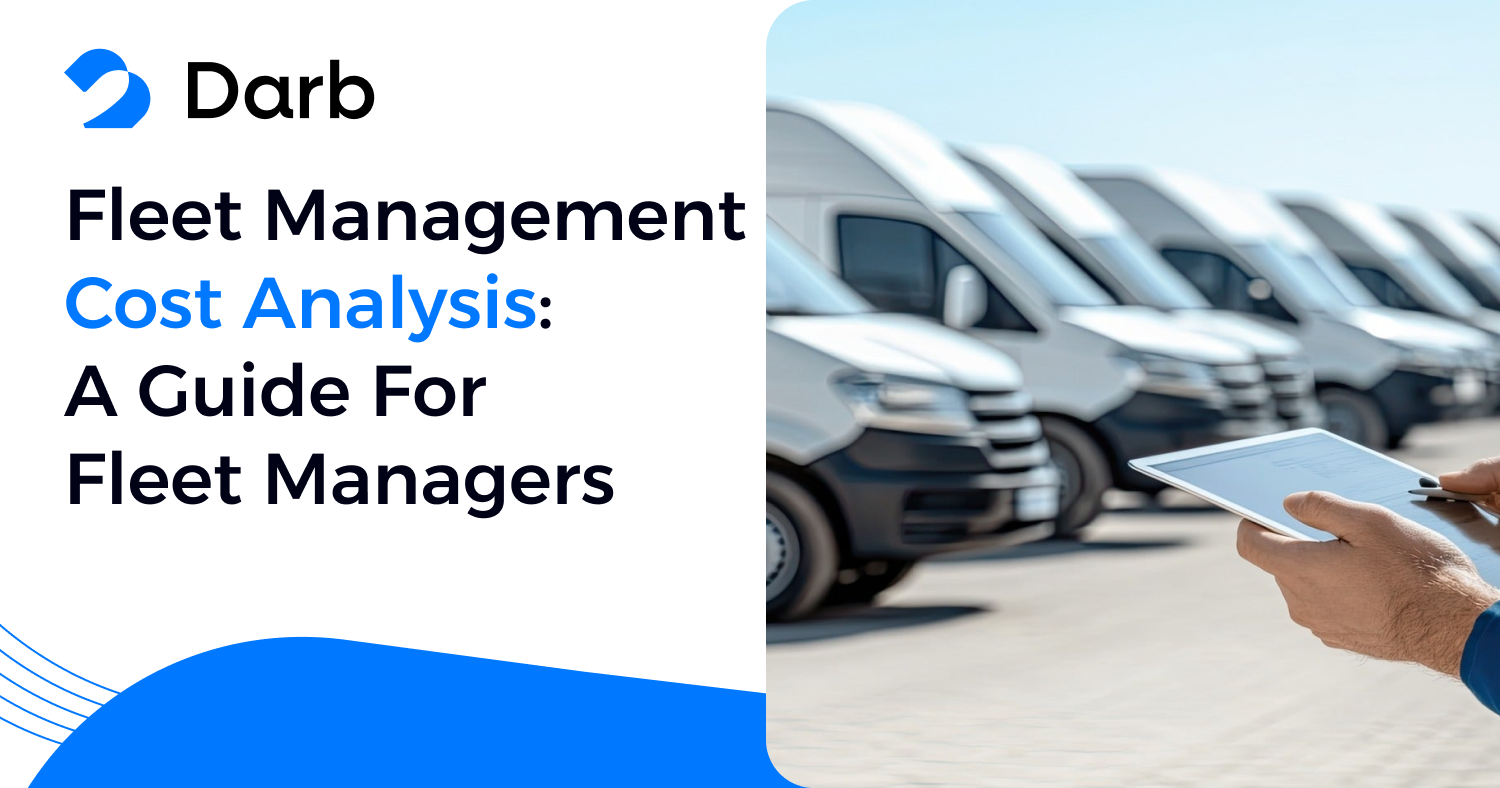Understanding Gas Cards
A gas card, also known as a fuel card, is a payment card designed specifically for purchasing fuel. These cards are commonly used by businesses and fleet operators to manage fuel expenses, track spending, and streamline fuel-related transactions. Unlike traditional credit or debit cards, gas cards often come with added benefits, such as discounts, fuel tracking, and spending controls. Gas cards can be categorized into two main types:- Branded Gas Cards – Issued by specific fuel companies, these cards are used primarily at that company’s gas stations. They often offer discounts or rewards for purchases made at participating locations.
- Universal Fuel Cards – These are not restricted to a single brand and can be used at multiple fueling stations, making them ideal for businesses that require flexibility.






